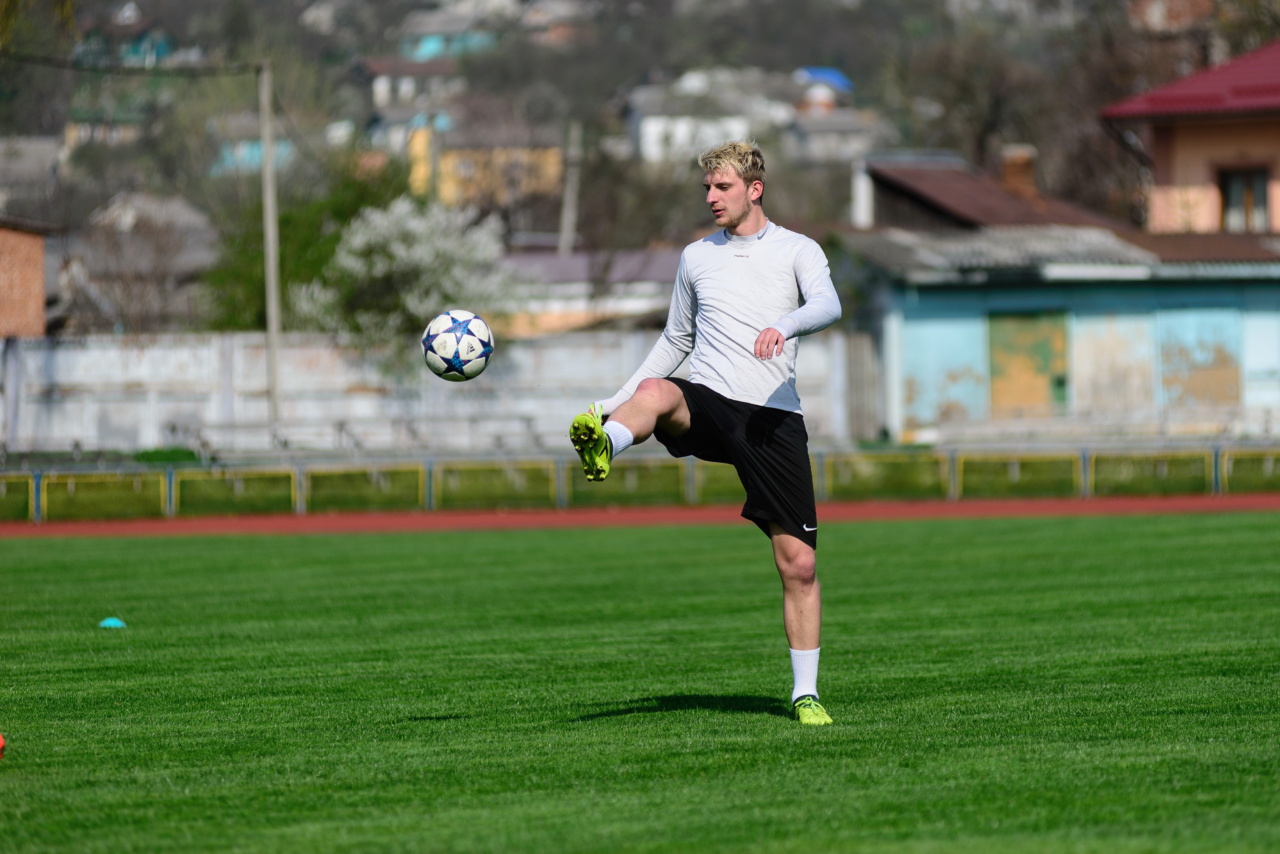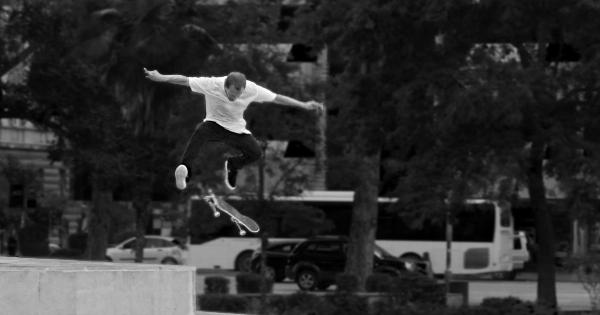As an athlete, you may experience various injuries throughout your career. One injury that is common amongst athletes is a meniscus rupture. A meniscus rupture is an injury to the rubbery cushion in your knee joint.
This injury is commonly seen in athletes that participate in contact sports such as football, basketball, and rugby. In this article, we will discuss meniscus rupture, its causes, symptoms, diagnosis, and treatment options.
What is Meniscus Rupture?
Your knee joint contains two menisci located between your femur and tibia bone. These menisci are responsible for distributing weight and shock absorption in your knee joint.
A meniscus rupture occurs when there is a tear in the rubbery cushion of your knee joint. This injury commonly occurs with sudden twisting movements or direct impact to the knee joint.
Causes of Meniscus Rupture
There are various causes of meniscus rupture with the most common being:.
- Direct impact to the knee joint
- Sudden twisting movements while pivoting or changing directions
- Age-related degeneration or wear and tear of the meniscus
- Overuse of the knee joint
Symptoms of Meniscus Rupture
Meniscus rupture symptoms vary depending on the severity of the tear. Some of the common symptoms include:.
- Pain on the inside or outside of the knee joint
- Swelling and stiffness of the knee joint
- Difficulty in straightening or bending your knee
- A popping sensation within the knee joint
- Difficulty in walking straight
Diagnosis of Meniscus Rupture
If you suspect a meniscus rupture, it is essential to consult your doctor. Your doctor will conduct a physical examination of the knee joint, perform a range of motion tests, and evaluate your medical history.
They may also perform an imaging test such as an MRI or X-ray to confirm the diagnosis.
Treatment Options for Meniscus Rupture
The treatment options for meniscus rupture vary depending on the severity of the injury. Some of the common treatment options include:.
- Rest and Ice Compression (RICE): Resting your knee joint and applying ice compression can help reduce swelling and pain.
- Physical Therapy: Your doctor may refer you to a physical therapist to perform exercises that will help you restore your knee joint’s strength and flexibility.
- Medications: Your doctor may prescribe medications such as nonsteroidal anti-inflammatory drugs (NSAIDs) to help reduce pain and inflammation.
- Surgery: In severe cases, your doctor may opt for surgery to repair or remove the torn meniscus.
Preventive Measures for Meniscus Rupture
There are various preventive measures that athletes can take to reduce the risk of meniscus rupture. Some of these measures include:.
- Performing proper warm-up exercises before engaging in sports activities
- Wearing appropriate footwear for the sport or activity.
- Using proper techniques for movements that involve twisting or turning of the knee joint.
- Maintaining a healthy weight as overweight or obese individuals are at higher risk of knee joint injuries.
Conclusion
Meniscus rupture is a common injury amongst athletes that can affect their performance. It is essential to take preventive measures, such as warming up and maintaining a healthy weight, to reduce the risk of knee joint injuries.
In case of meniscus rupture, consulting a doctor and following the prescribed treatment options can help you recover and get back in the game.






























